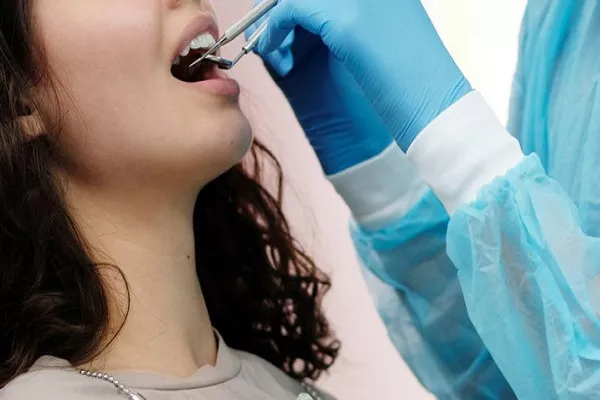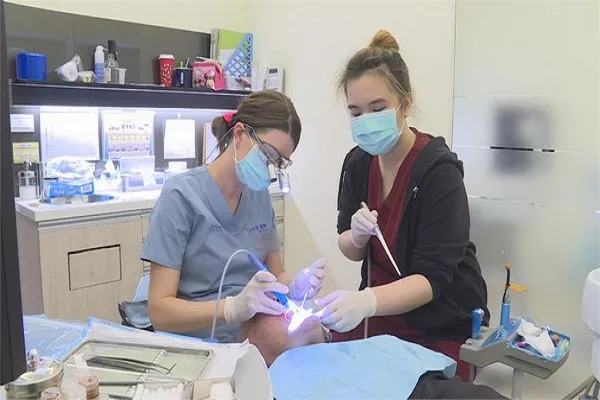Wearing a retainer is an essential step in maintaining the results achieved through orthodontic treatment. However, encountering issues with the fit of your retainer is not uncommon. Whether your retainer feels tight, loose, or uncomfortable, understanding how to address these problems can ensure that your teeth remain aligned as intended. In this article, we will explore effective strategies to help you get your retainer to fit again and continue enjoying the benefits of a beautifully aligned smile.
The Importance of a Properly Fitting Retainer
A well-fitting retainer is crucial for maintaining the alignment of your teeth. After orthodontic treatment, teeth have a natural tendency to shift, and a retainer helps prevent this regression. A retainer that fits properly ensures that teeth remain in their corrected positions, reducing the risk of misalignment and the need for further orthodontic intervention.
Identifying the Issue
Before attempting to address the problem, it’s important to identify the specific issue with your retainer’s fit. There are several common scenarios:
Tight Retainer: If your retainer feels too tight, it might be a sign of shifting teeth or changes in your bite. This could occur if you haven’t been wearing your retainer as instructed or if your teeth have naturally shifted over time.
Loose Retainer: A loose retainer can occur due to wear and tear, inadequate care, or changes in the shape of your mouth. Loose retainers can be less effective at maintaining tooth alignment.
Discomfort: Sometimes, a retainer might fit well but still cause discomfort due to pressure points or irritation. This discomfort can deter you from wearing the retainer as prescribed.
Check for Visible Damage
Inspect your retainer for any visible signs of damage. Cracks, breaks, or warping can significantly affect the retainer’s fit. If you notice any damage, consult your orthodontist for recommendations on repair or replacement.
Gently Clean Your Retainer
A retainer that doesn’t fit well can sometimes be due to buildup of plaque, bacteria, or food particles. Proper cleaning is essential. Use a soft-bristle toothbrush and mild soap to gently clean the retainer. Avoid using toothpaste, as it can be abrasive and damage the retainer’s surface. Regular cleaning can help maintain a proper fit and ensure good oral hygiene.
Try Warm Water Rinse
For a retainer that feels tight, try placing it in a cup of warm (not hot) water for a few minutes. This can help soften the material slightly, making it more pliable and easier to insert. Be cautious not to use hot water, as it can warp or damage the retainer.
Gradual Wear
If you’re experiencing discomfort with a retainer that fits properly but causes sore spots, consider wearing it for shorter periods initially. Gradually increase the wear time as your mouth adjusts. This approach can help reduce discomfort while allowing your mouth to adapt to the retainer’s pressure.
Consult Your Orthodontist
If your retainer consistently feels tight, uncomfortable, or loose despite trying the above steps, it’s time to consult your orthodontist. They have the expertise to assess the issue and recommend appropriate solutions. They might suggest adjustments to the retainer, crafting a new one, or exploring other options based on your specific situation.
Avoid Self-Adjustment
While it might be tempting to try adjusting your retainer yourself, it’s advisable to avoid doing so. Incorrect adjustments can worsen the fit or even cause damage to the retainer. Always seek professional guidance from your orthodontist for any adjustments.
Be Transparent with Your Orthodontist
When discussing the fit issue with your orthodontist, be transparent about your retainer wear habits. If you’ve been inconsistent with wearing your retainer, they need to know. This information helps them tailor their recommendations to your individual needs.
Consider New Impressions
In some cases, changes in your mouth structure over time might necessitate new impressions for a retainer. These impressions ensure that your retainer is designed to fit your current tooth alignment accurately.
Conclusion
A retainer that doesn’t fit properly can be concerning, but there are several steps you can take to address the issue. From proper cleaning and maintenance to seeking professional guidance, these strategies can help you get your retainer to fit again comfortably and effectively. Remember, consistent wear and good oral hygiene practices are key to ensuring the longevity of your orthodontic results and maintaining that confident smile.
Related Topics:
































